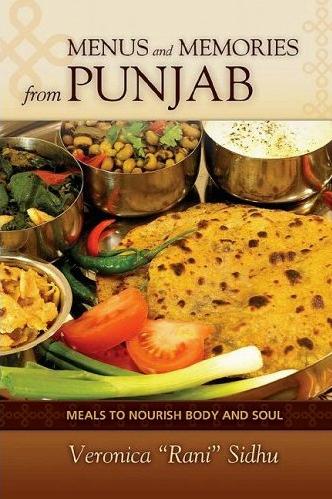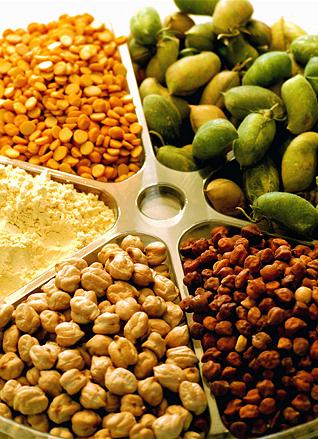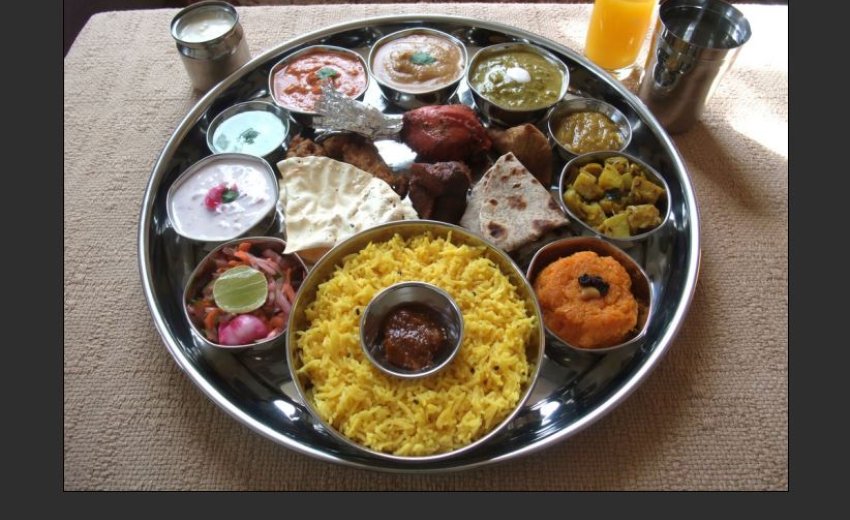 My love affair with the subcontinent's cuisine began 20 years ago when I was introduced to jalebees.
My love affair with the subcontinent's cuisine began 20 years ago when I was introduced to jalebees.
The individual who did this had no idea what unrelenting passion for jalebees he had ignited in me. More so because they could not be easily obtained where I lived - a small outlying town - and I was not at all confident in driving to the big city to satisfy my new found love.
I nurse that passion to this day.
Over the years, it was broadened by the addition of such lovely concoctions as masala chai, red lentil daal, saag, roti and aloo parathas (at breakfast with bhujjiya), butter chicken, rice with black mustard and cardamom, sambar, gulab jamun ... the list goes on and on, and I have years to go.
Very slowly, I am also starting to understand the distinction between South Indian cuisine and that of the North and now, more than ever, that of the Punjab.
My most recent introduction was to Shahi Tukrre, a dish that rendered my mother's bread pudding recipe permanently retired.
My mother was of Irish and English descent and she was a good cook. But I felt another universe burst open to me, one that was like lace compared to thread, when I discovered the cuisine from Punjab. Our fare was hearty and might have some zest in the addition of an herb or an occasional sauce but this is like a daily routine of porridge compared to the subtle heat and richness of a creamy meat curry or the medley of warming aromatics in a daal, or the substance of a roti smothered in butter.
The spices and essentials of Punjabi cooking are designed to wake every taste bud simultaneously, sweet, salty, sour and bitter, in such a delicate way as to make you return the spoon to your mouth over and over, trying to distinguish the swirl of flavours ... tempting, teasing and fulfilling at the same time.
There is no food on earth as comforting as this. Comfort is what this is all about- richness, variety and pleasure. The food from my childhood was pleasant, the food from the Punjab is restorative!
Thus, having been baptized some time ago, I approached this book. I love recipe books but because I am visual I benefit from pictures and am disappointed if they are lacking or few. I am drawn to them immediately and so I began to wander through the pictures that Veronica had lovingly included. After a time I realized that I was not just reading the recipes, or planning a menu, I was delving into her history.
I love recipe books but because I am visual I benefit from pictures and am disappointed if they are lacking or few. I am drawn to them immediately and so I began to wander through the pictures that Veronica had lovingly included. After a time I realized that I was not just reading the recipes, or planning a menu, I was delving into her history.
Biographies are my favourite type of book, nothing is as interesting as another human being, and so I began to know Veronica through her life and loves.
The food organizes the biography, not only hers but also of the important people in her life and the history that they presented to her.
It is a memoir, novel and tribute to everything that she values about the life she chose and those that welcomed her. Never before have I cried when reading a cookbook, and I cannot imagine ever doing so again.
It is hard to know what shelf to place this book on?
For someone of my background the 'Essentials' in the introduction are a great relief. I have tried to emulate others in silent envy and confusion but she has relayed understanding, a way to organize my approach, most specifically the customary settings and occasions that each cluster of menus suits or emerges from.
My second interest being history, again I found myself consuming the text, not just the recipes. She explores the foundational ingredients, even a recipe for ghee, a delight that I had not the courage to inquire about. She introduces these, the culture, the cuisine and the culinary skills required to execute a perfect meal for everything from tempting a future husband to simple fare, hunting expeditions to birthdays and weddings.
For some, the recipes will be things they absorbed in their youth but the approach will be refreshing. For those who have mingled their palates with North American fare, there is much culture to be steeped in here. I will try them all, one by one, over and over.
But most endearing and most telling is the appearance, at the end, of no ordinary glossary - The Glossary of Religious Terminology. When have you ever found such a reference as this, the food intrinsically tied to the spirit.
Love abounds here, it is no ordinary book, no ordinary fare, and no ordinary culture.
It reminds us that even Guru Nanak came home from his travels to tend his fields.
PLEASE NOTE:
The book is easily available online from the usual booksellers.
MENUS AND MEMORIES FROM PUNJAB: MEALS TO NOURISH BODY AND SOUL, by Veronica "Rani" Sidhu. Hippocrene Books, New York, 2009. ISBN 978-0-7818-1220-7.
All the author's profits are going to the Kalgidhar Trust for the students in Akal Academies across Punjab and Baru Sahib.

